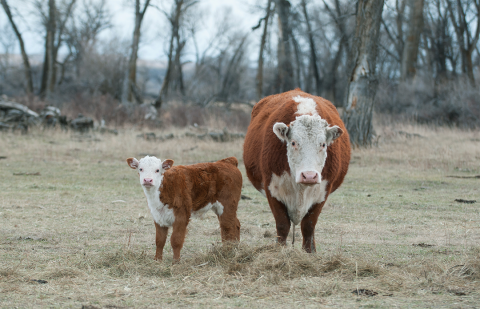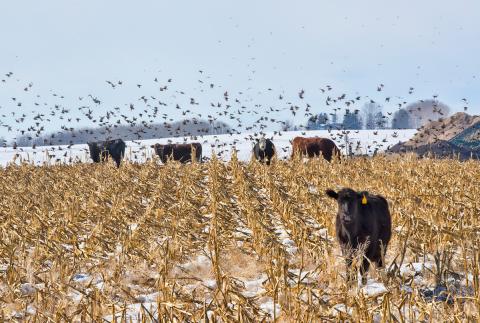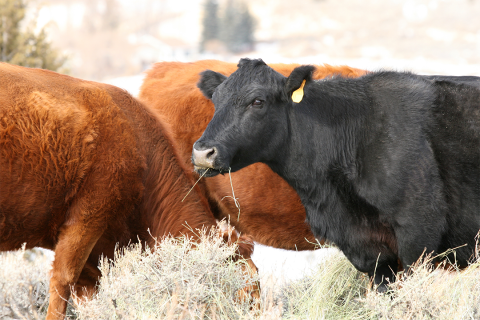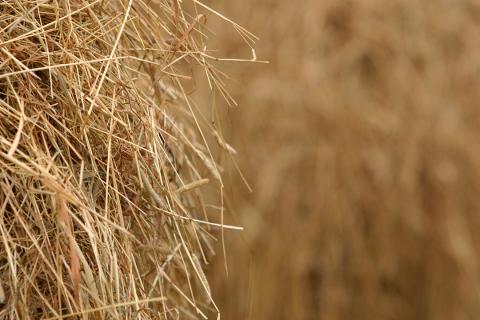Pasture and Forage Minute: Considerations for Feed After Calving, Adding Legumes to Pastures
February 12, 2024
Tips on meeting nutrient requirements of cows after calving season and improving pasture production by frost seeding or interseeding legumes.
Pasture and Forage Minute: Considerations for Pasture Leases and Winter Hay Nutrition
January 30, 2024
Extension educators review factors that affect the success of pasture grazing leases, and how to avoid toxicity and malnutrition through livestock feed during the winter.

Pasture and Forage Minute: Preparing Your Operation for 2024, Planning Spring Annual Forages
January 23, 2024
Winter brings time to take stock of our current operations and plan for the future, which can make a significant impact on success in the upcoming year.
Pasture and Forage Minute: Winter Insect Mortality and Livestock Water Needs
January 16, 2024
Extension educators review the effects of subzero temperatures on overwintering insects and whether snow can adequately be used as a water source for cattle.
Pasture and Forage Minute: Tips for Cornstalk Grazing, Using Bad Hay and Silage
December 26, 2023
Considerations for grazing cornstalks with snow cover and utilizing low-quality hay and silage during periods of low supply and high feed costs.
Pasture and Forage Minute: Cold Stress Preparation, Feeding Brown Hay and Silage Safely
December 19, 2023
Extension educators provide recommendations on preventing body condition loss in cattle during low temperatures and ways to safely feed heat-damaged hay and silage.
Pasture and Forage Minute: Considerations for Grazing After Fall Fertilizers, Using Alfalfa as Protein Supplement
December 6, 2023
Extension insights on grazing crop residue following fertilizer applications and using alfalfa as a protein supplement in winter feed.
Pasture and Forage Minute: Reducing Hay Losses, Understanding Relative Feed Value of Hay
November 21, 2023
Extension educators share insights on how to reduce fed hay losses and the differences between relative feed value and relative forage quality when testing grass hay.







